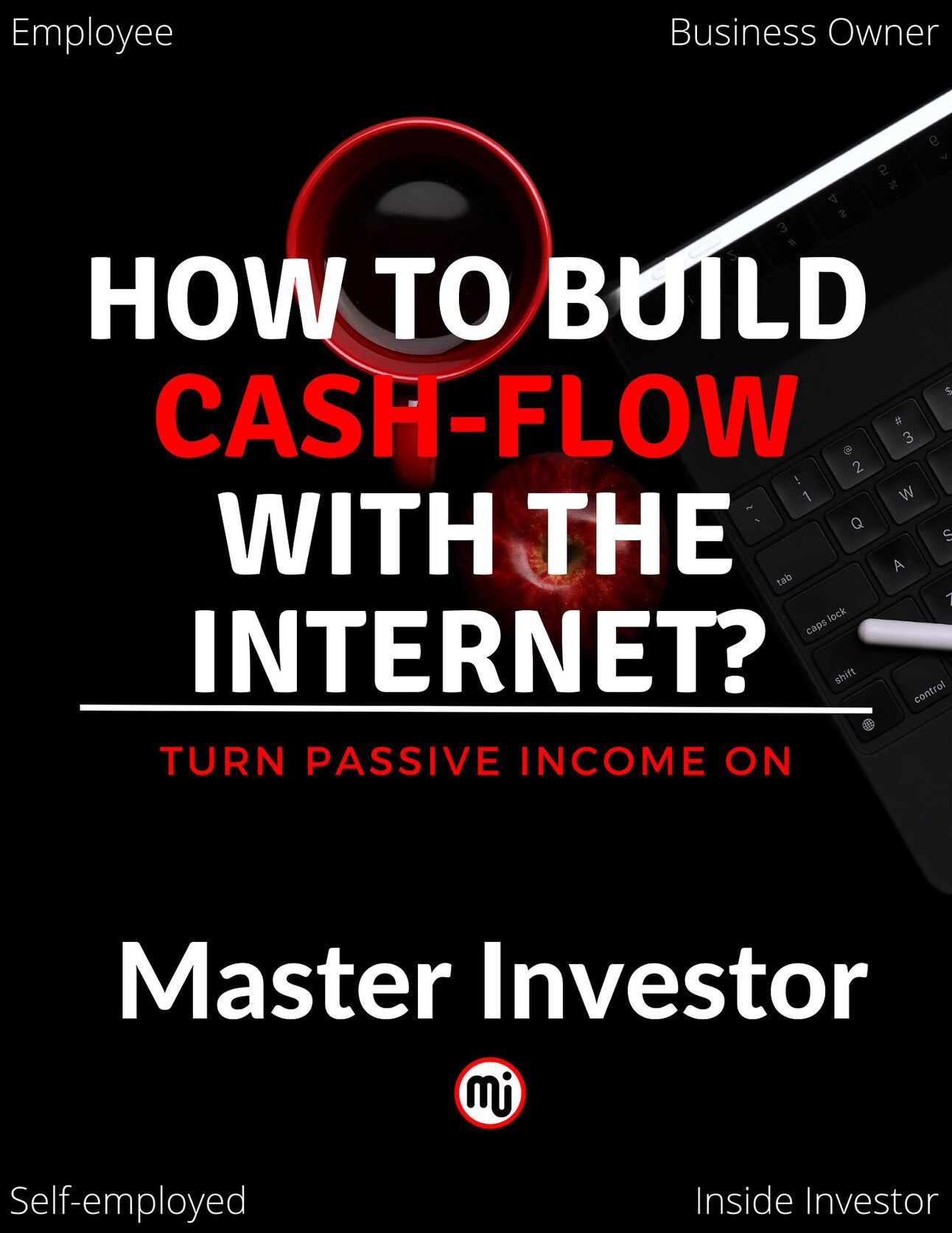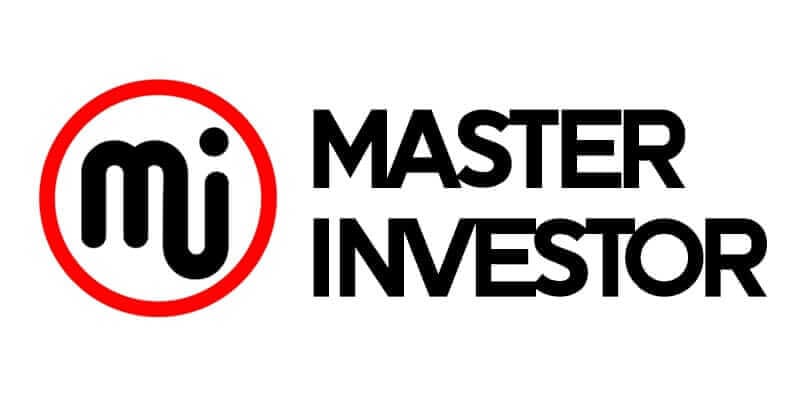
Summary:
Having cash on hand is not a prerequisite for successful investing.
Raising money can be done in a variety of ways.
To increase investor confidence, there are four key components.
Assume for a moment that we have the chance to buy a quaint yet traditional ten-room boutique hotel that is on the verge of foreclosure. However, something is lacking. Is it the money?
Alternatively, perhaps we are looking to expand an already-existing firm or launch a new one, but we need a financial boost to get things started. We reach out to a few possible investors, but how can you convince them to put money into our venture?
In the past, we could establish a strong rapport with our neighborhood banker and, in the event that we required a loan, arrange a meeting to present our case.
We might get to know one another in the future and occasionally even act in good faith.
It's difficult to find a banking relationship like that these days.

Therefore, if our only emphasis is institution-based financing and we are wanting to start our own business or get into investing, the thought of collecting funding can seem a little intimidating. However, don't let that stop us from pursuing our objective; there has never been a better moment to become an entrepreneur, particularly if we possess the essential component of a successful business: an entrepreneurial spirit.
The capacity to raise money is one of the essential elements of an entrepreneur's success.
And it's commonly believed that a person's capacity for selling is essential for obtaining funding.
"What are we selling?" is the query.
The four components of capital raising
In the realm of investment, raising funds, sometimes referred to as OPM—Other People's Money—is essential. It's also among the most daunting aspects of becoming an investor for the first time.
Consequently, having some direction along the road is always beneficial. Before pursuing funding requests, there are four important aspects to be aware of and take care of. Our chances of getting money are higher if we can answer each of these four concerns with assurance and clarity.
Project
Partners
Financing
Management
Partners in Project Financing Administration
If we firmly and clearly address these four points, our investors will probably come around. Selling won't be a problem, and we will draw in more money than we ever imagined, it can demonstrate to a potential lender or investor that we have control over these four components of the jigsaw.
Let's examine these four variables in more detail and discuss some of the queries that lenders and investors may have.

Project
Lenders and project investors must be able to comprehend our request for funding with ease. Make it easy. Don't be too long. Be truthful.
What project is the capital we are receiving from the investor or lender for?
What precisely is our business, if it is ours?
What distinguishes our company from competitors in our field?
What will enable it to succeed?
Describe the investment's advantages and disadvantages. What makes it special, and what benefits does the investor receive from our investment?
Partners
For perspective, try putting ourselves in the position of the investor. Which musical endeavor—that of Paul McCartney or Mike Tyson—would we be more inclined to fund? Which new skincare brand—Mary Kay's or Lindsay Lohan's—would we support? It isn't complicated science. It makes perfect business sense. Any investor's choice will be influenced by the partners' experience and how comfortable they are with each other's degree of knowledge.
Issues that require clarification:
Who are the project's principal partners?
Who is organizing the transaction?
What background do the partners possess?
What is their history?
We may help the investor(s) feel secure and at ease working with our team by providing the answers to the above questions.
Obtaining Funds
Present the actual figures. Since the majority of the sales figures for a beginning company would be estimates rather than real figures, this is obviously more difficult. This is where having prior experience can assist us get beyond that barrier. As precisely as we can, demonstrate to the investor how the project—whether it's a company venture or an investment—will generate profits. Be sensible. Investors prefer to see the most realistic figures, including the challenges and obstacles that lie ahead, rather than the best-case scenario. Issues arise with every business and investment project. Acting as though ours won't makes us appear unprofessional.
In total, how much money are we raising?
From where does the money originate?
Is the funding coming from government initiatives, traditional lenders, pension funds, or private individuals?
Which terms are these?
What will we do with the funds raised?
To what purposes are the monies being used? One tip: Take it as closed if there's ever a suggestion that a portion of the funds raised will go toward paying us, the business's owner, or closing the deal. Get a job if we want a paycheck.
Naturally, you also need to respond to these two crucial inquiries for our possible investor: When will my initial contribution be returned? What's my money's return?
Never forget that investors want to know the whole story and, if at all possible, avoid surprises.
Supervisory
According to a proverb, "Money follows management." But when we address all four, not just management, our case becomes much stronger.
Investors are curious about the individuals overseeing daily operations. Any venture's continued success depends on this.
Why are they essential to this project's or business's success?
How much experience does the management team have?
Who do they represent?
What are their experiences and areas of expertise?
The partners and management team may be the same if we are launching our own company or seeking capital to expand an already established one. As long as the investor has faith in the team's experience and knowledge, that shouldn't pose any issues.
Obtaining funding for a company
Peer-to-peer lending, another name for alternative marketplace-based lending systems, is a thriving industry today and a flexible loan option for anyone. This implies that there are other options for funding than the banking system.
Are we prepared to learn how to raise money now that we know what investors want to hear? Let's look at six market leaders that are worthwhile to consider and that we should be aware of if we need to raise money for our next business venture.
This is how it operates:
$10,000 is the amount Square deposits into your bank account.
As a result, the loan is returned automatically using a portion of our Square daily card sales.
How long it takes to pay Square doesn't affect the amount we owe. No unforeseen costs, interest charges, or late fees. Over 460,000 merchants have received over $9 billion in funding extensions from them thus far. The final outcome? A staggering 95% of those retailers claim that as a result, their companies expanded. Applying for this loan won't even have an impact on our credit score, if we need further motivation about this lending system.

The following are some lenders available online:
Square:Square is well-known for providing business owners with a range of POS (point of sale) capabilities. It only takes a few taps on the Square app to be eligible for a fast cash loan if we are a Square merchant.
Kabbage:Kabbage operates similarly to a credit line. We can apply for up to a $250,000 line of credit in minutes by creating an account with Kabbage. After then, we can use that credit line as needed to make other kinds of investments.
OnDeck:According to OnDeck, lending to small businesses is its only focus. They have given over $15 billion in loans to small businesses and have an A+ rating with the Better Business Bureau, proving that they mean business.
LendingClub: Through the peer-to-peer lending platform LendingClub, people may pool their funds to invest in opportunities. So, you have the option to apply for a loan or lend money. Over 4 million clients have borrowed more than $80 billion.
Funding Circle: According to its website, Funding Circle is the "world's leading platform for small business lending" and has given over 135,000 businesses over $20 billion in loans since 2010. It is entirely geared toward small businesses, supporting them in growing their companies, handling emergencies, paying off debt, and covering upfront expenses.
KickStarter:Even though we have undoubtedly heard about this one already, it deserves to be mentioned. Kickstarter is a platform for crowdsourcing ideas and goods that assists business owners and inventors in realizing their visions. This platform, in contrast to the others on this list, focuses more on those who have a fantastic idea but require the funding to launch it from scratch.
No more justifications
Like anything else, you should consider the advantages and disadvantages and do our homework. However, "I don't have the money to invest" is no longer a valid justification. All we need to do now is get going after learning the four key components of generating funds and several approaches to do it.
Help our investors feel sure that we can deliver on our promises by tailoring our pitch to these four criteria. Next, fulfill our commitments and observe an increase in our cash flow!
Start investing in high quality financial education, by reading our financial eBooks:



Lucrative resources and tools:
Follow us on Instagram.
Listen to our Podcast.
Subscribe to our Newsletter.
Follow us on Tiktok.
Purchase a business digital Course.
Like our Facebook Page.
Join our Inner Circle.
I am reading: Master Raising Capital To Build Wealth
Comment, like, share and follow for more High Quality Financial Education Made Simple.

